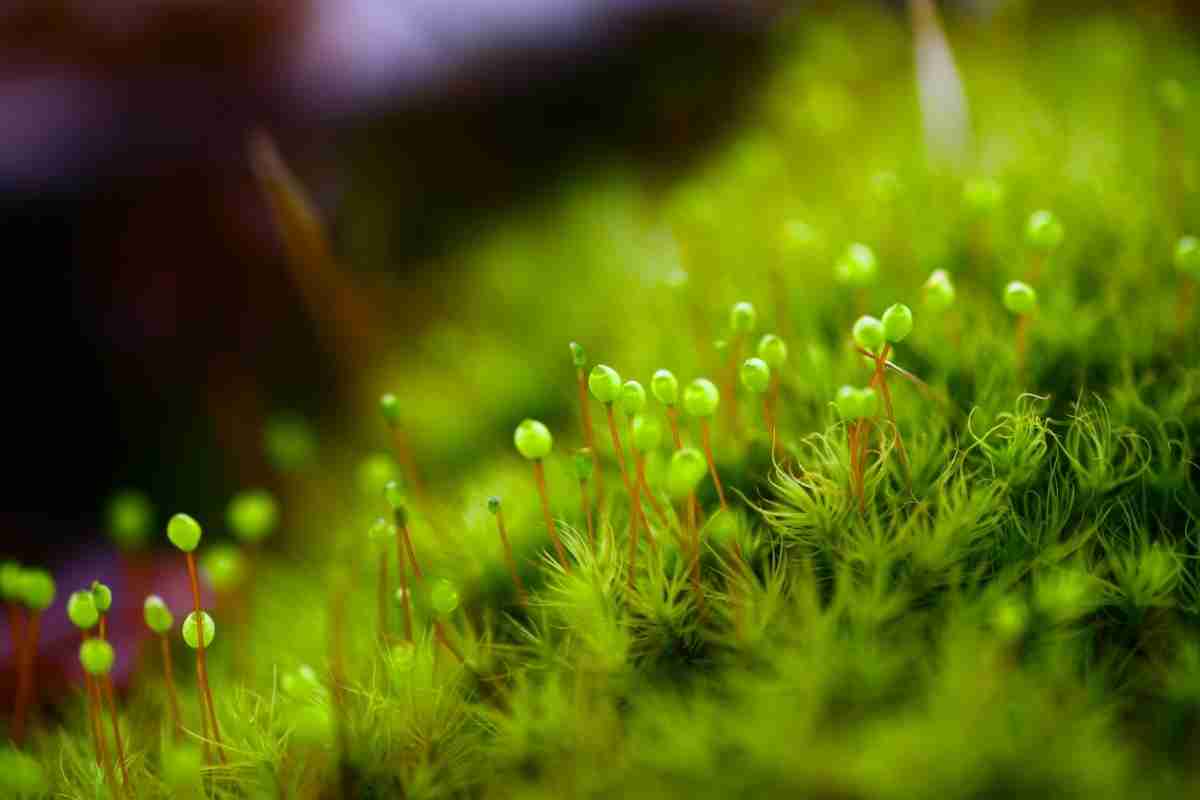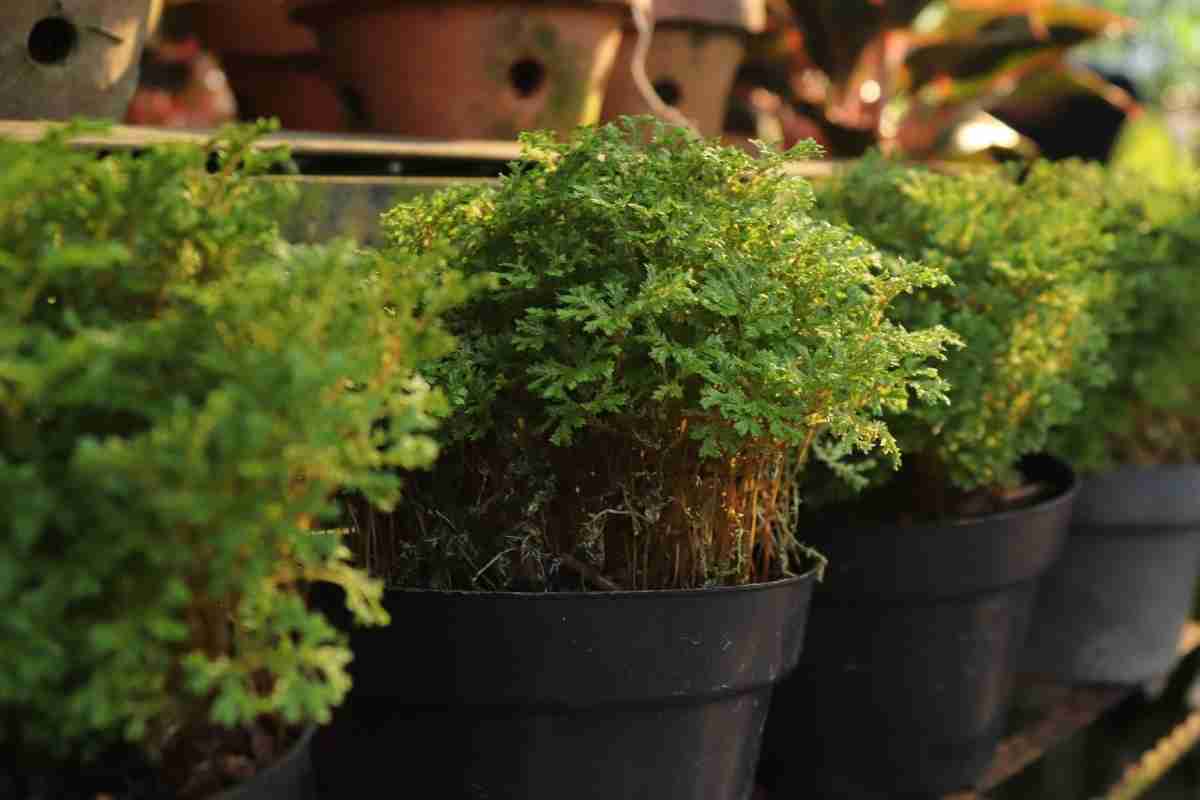
Is Moss Good For Plants? (Indoor & Outdoor Plants)
Read more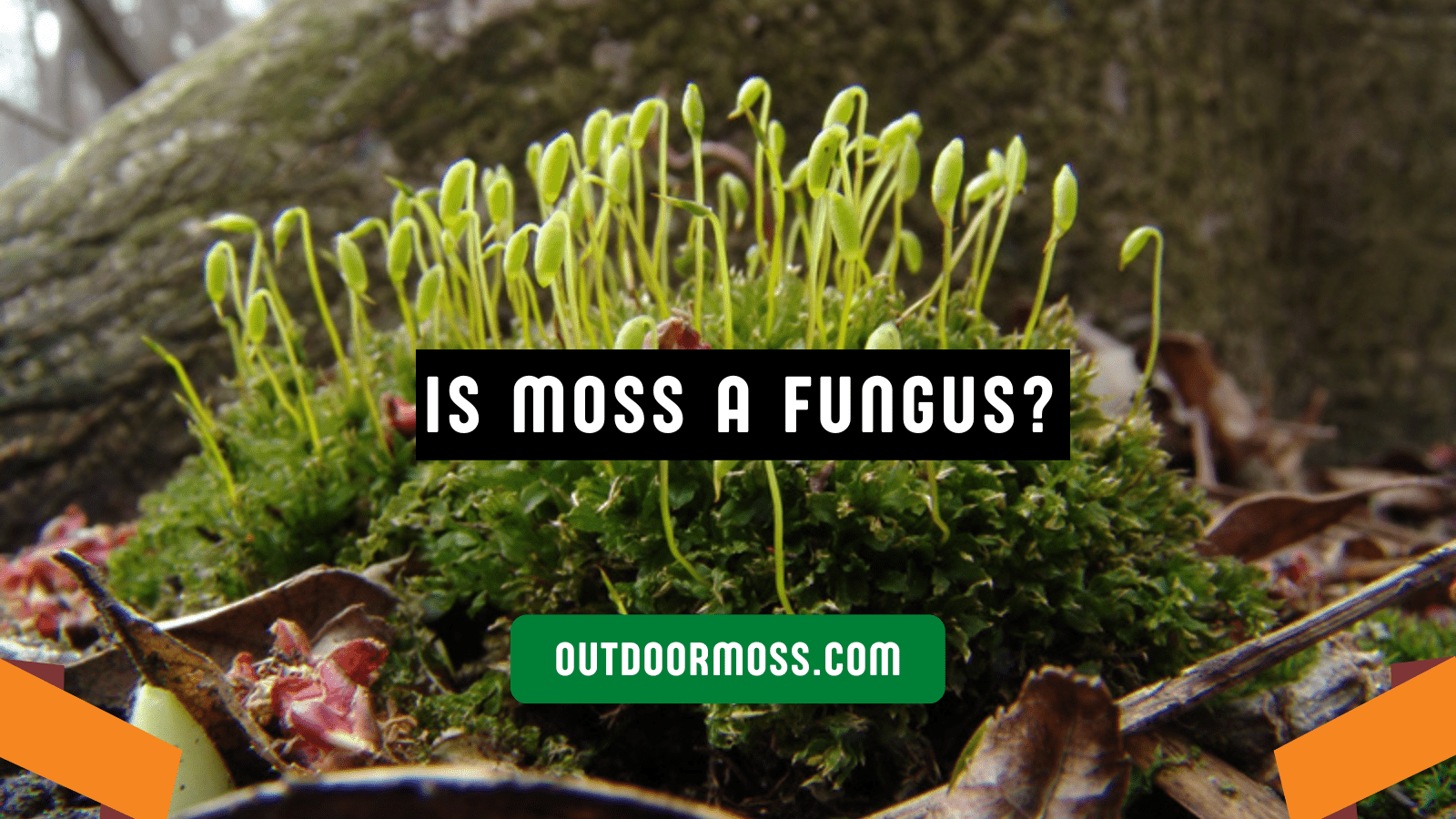
Moss vs. Fungus: Exploring the Differences and Why It Matters!
Read more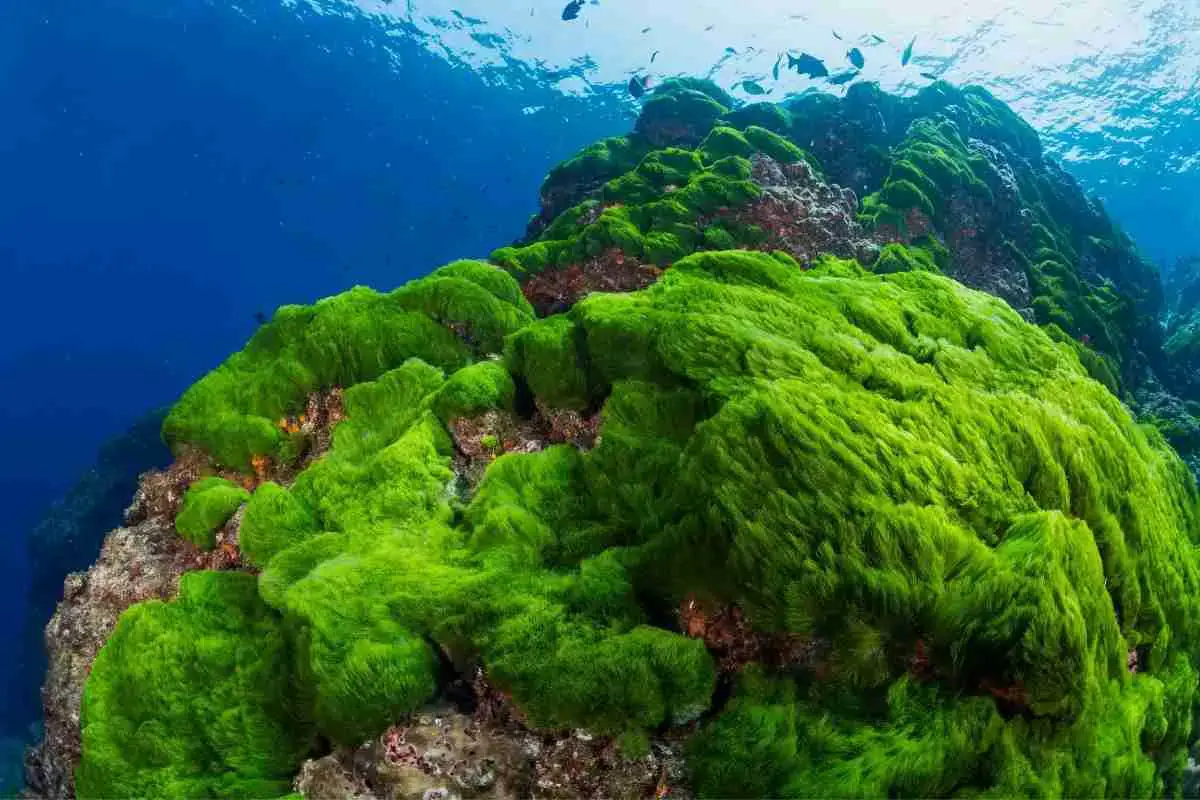
What Does Algae Eat? Algae’s Unique Eating Habits
Read more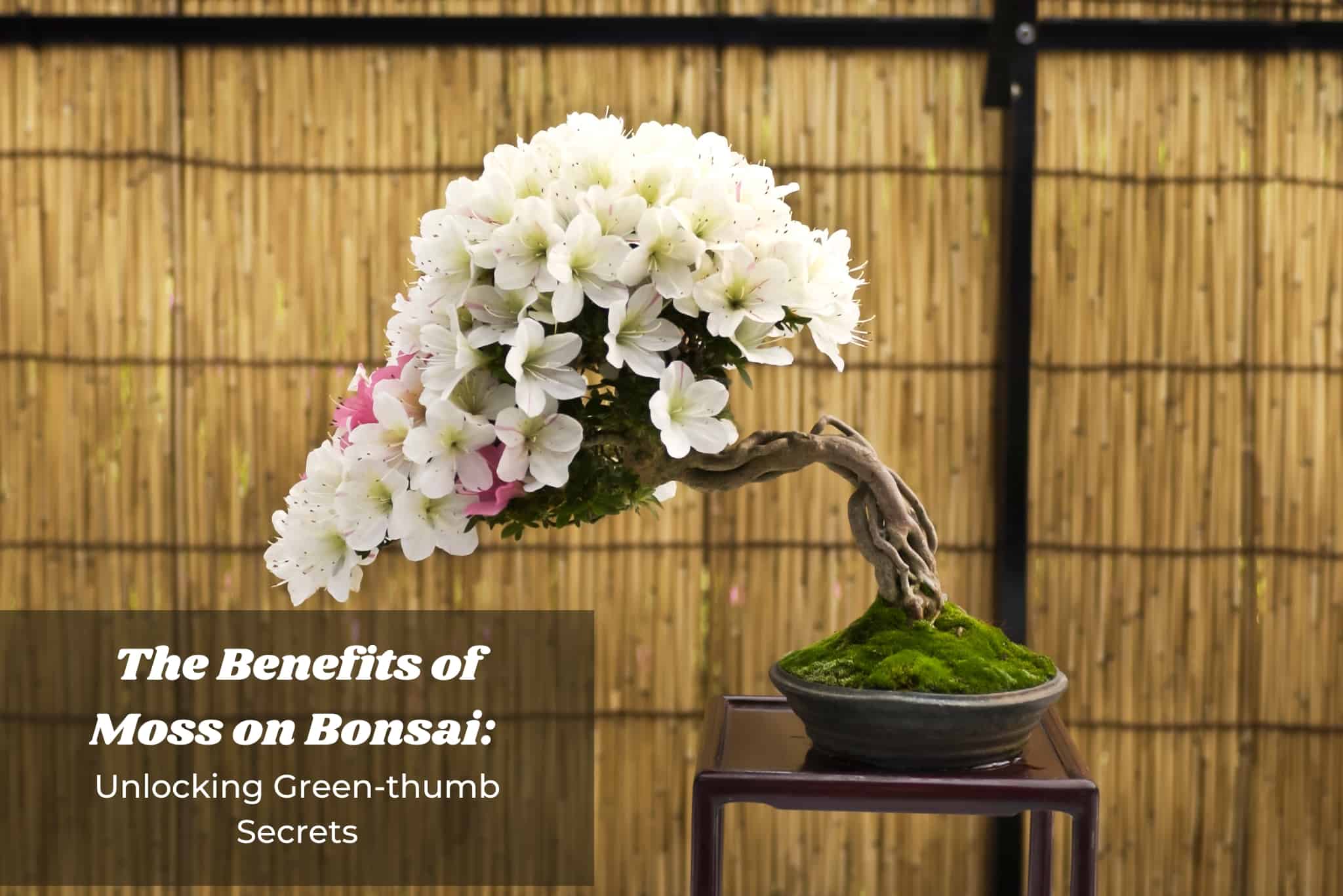
The Benefits of Moss on Bonsai: Unlocking Green-thumb Secrets
Read more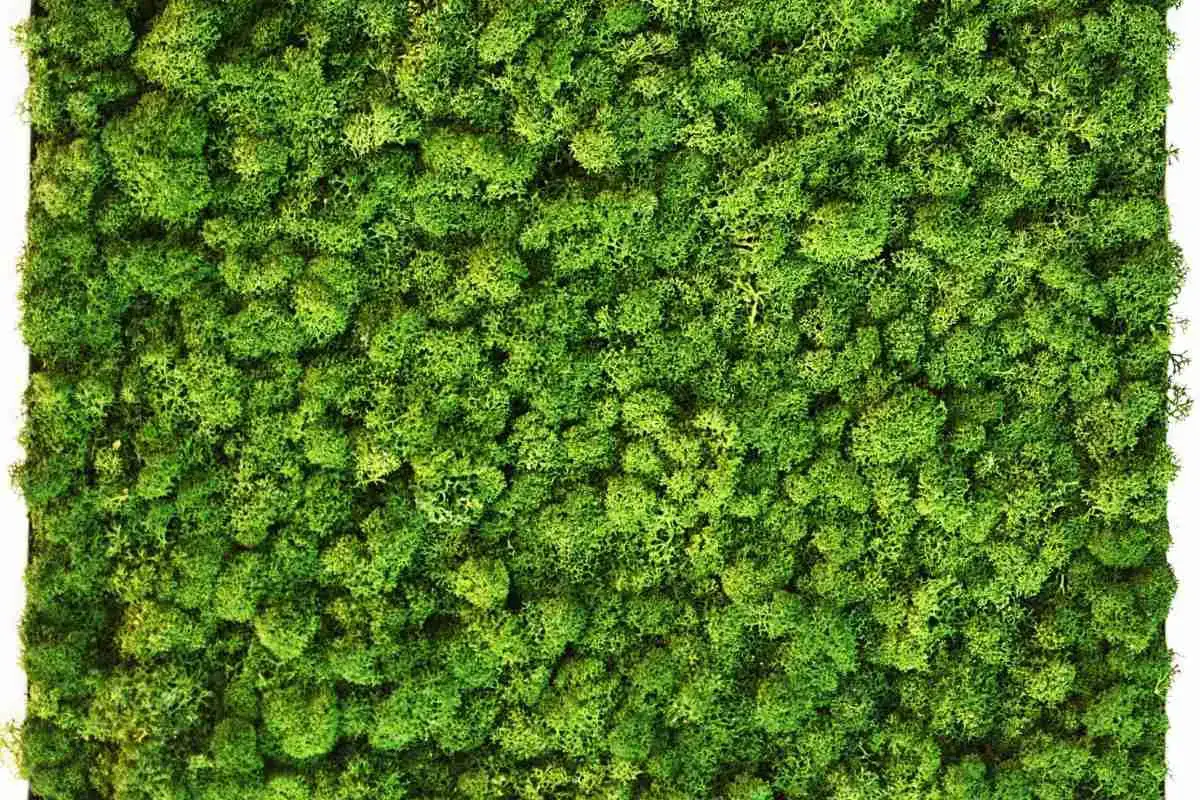
7 Easy Steps To Make An Outdoor Moss Wall
Read more
What Is A Moss Pole? And Why Are They Used?
Read more
How to get rid of Spanish moss. The natural way to remove Spanish Moss
Read more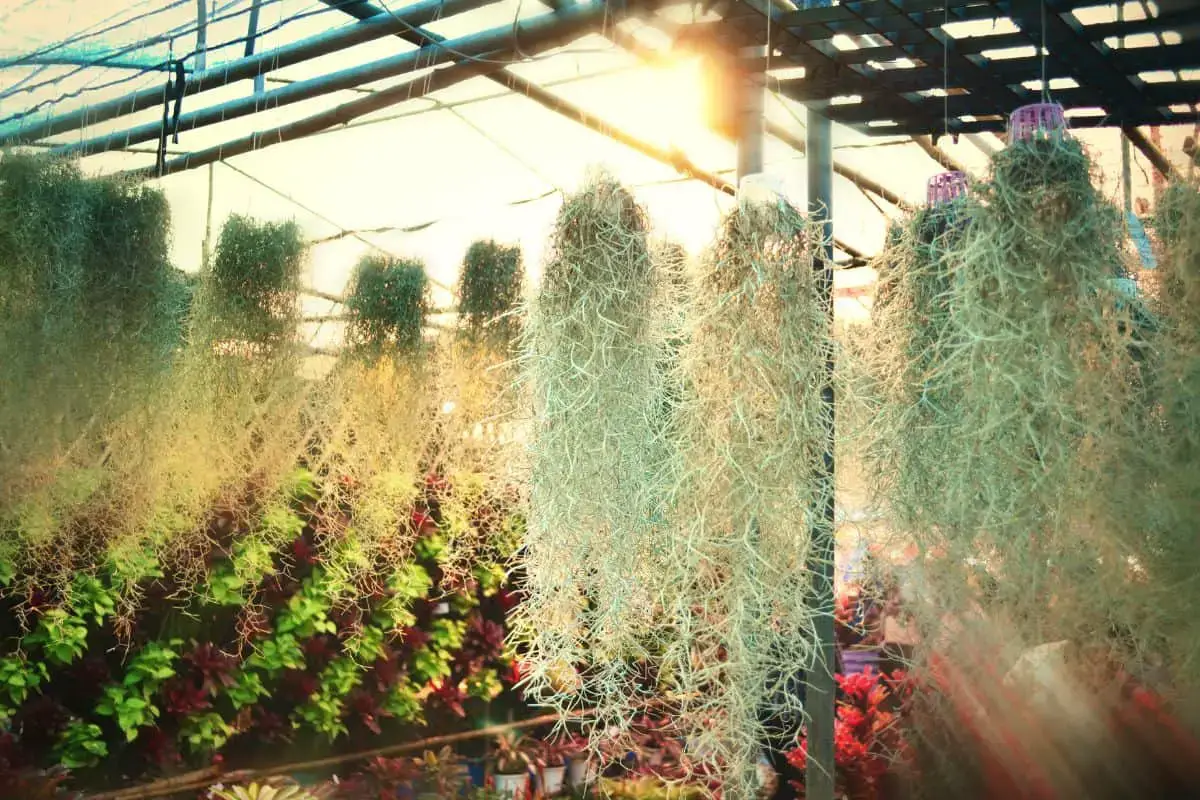
Is Your Spanish Moss Turning Brown? Here’s Why!
Read more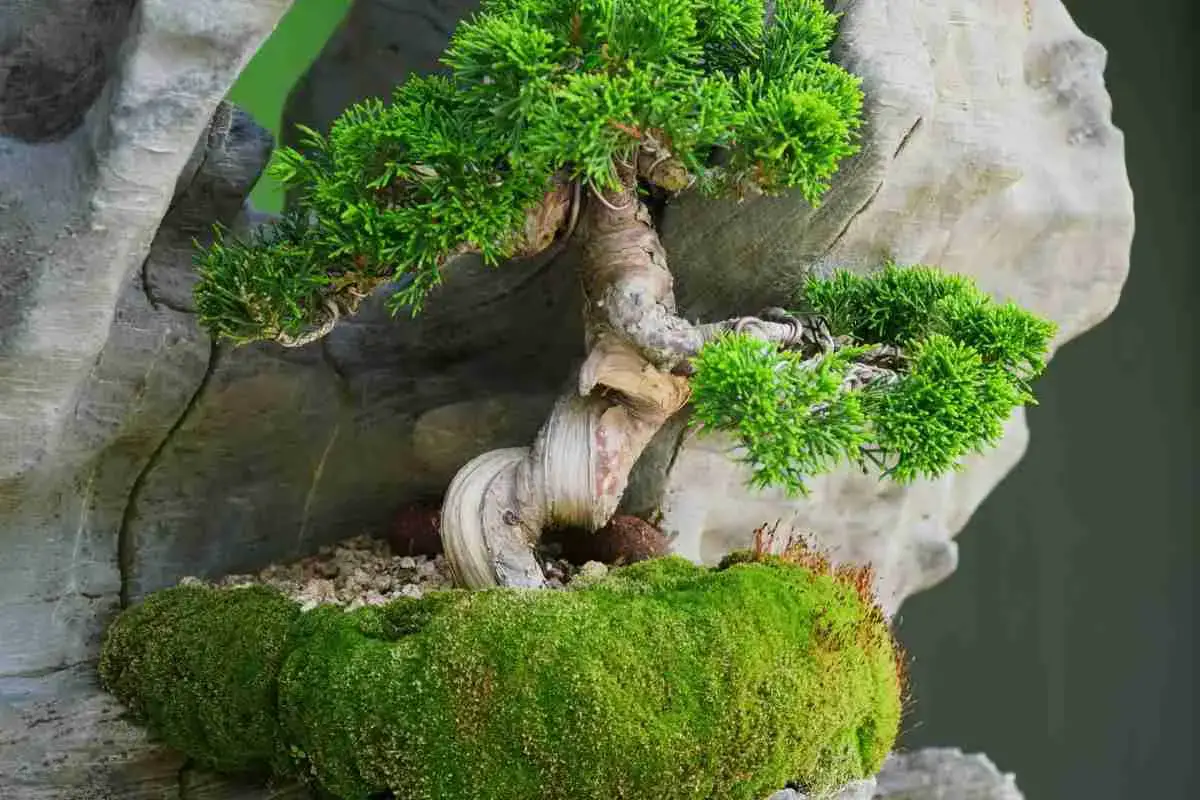
Sphagnum Moss For Bonsai: Is It Safe?
Read more
Does Moss (Have And Use) Roots To Grow?
Read more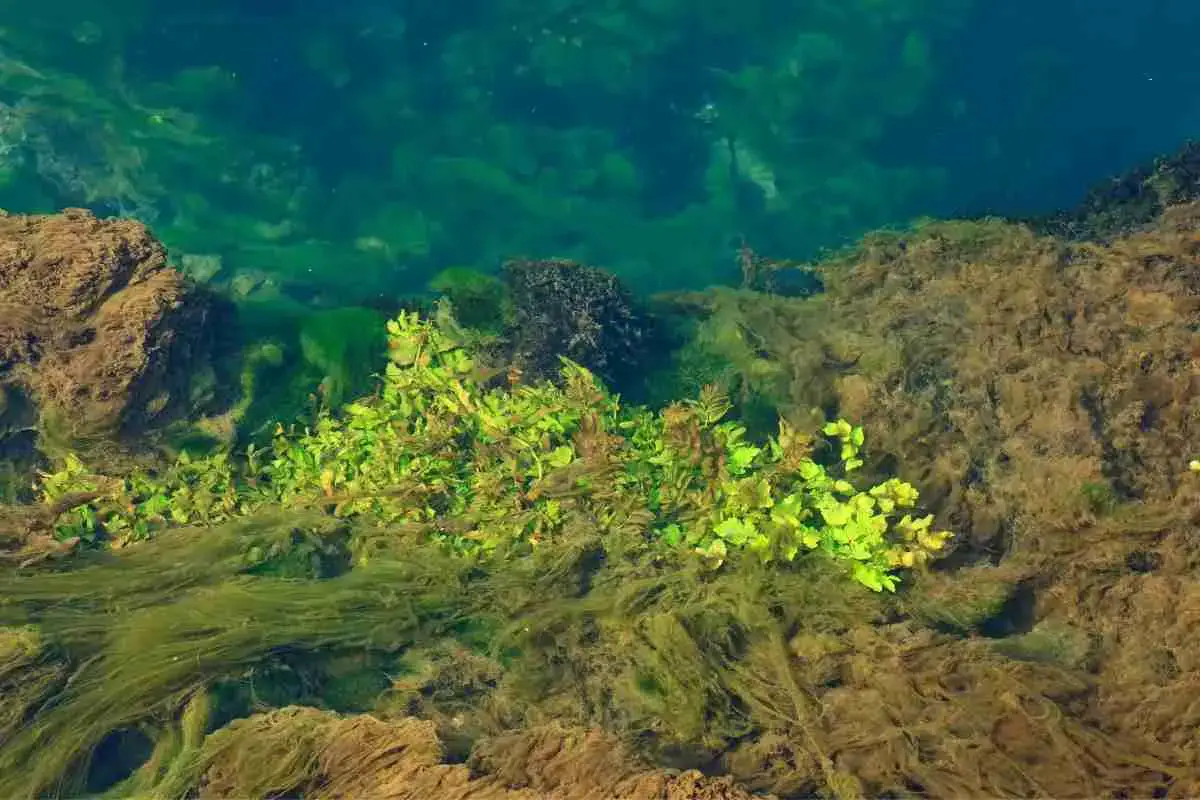
Is Algae A Producer of the Future? Understanding Its Role in Energy and Food Production
Read more